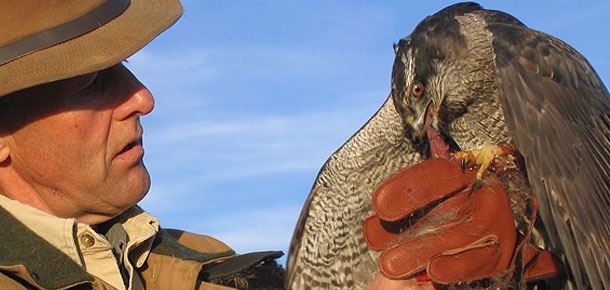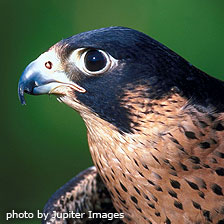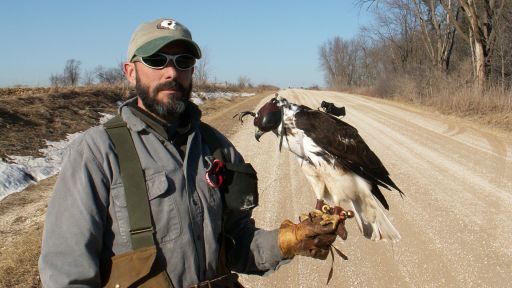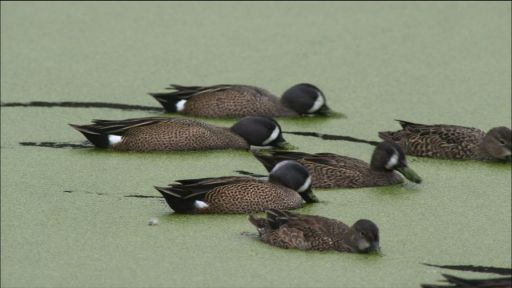
It may be impossible to ever know exactly where and when the practice of falconry — the training of raptors to hunt wild prey for humans — arose.
Some experts place its origins between 4,000 and 6,000 BC in the steppes of Mongolia. Other historians believe that the practice could be even older, with its beginnings in Arabia or the Middle East; in Iran, records have been found of a king using birds of prey who may have lived as much as 8,000 to 10,000 years ago. Wherever it began, falconry, which was originally used for subsistence and not sport, was well established in both Asia and the Middle East by 2,000 BC, and gradually migrated westward to Greece, Italy, and the rest of Europe.
Beginning in the 6th century and extending through the Middle Ages, the popularity of falconry — or hawking — surged in Europe. It was the sport of royalty for centuries, with the possession of falcons and other birds of prey considered a status symbol. By the 1600s in England, falconry came to be governed by a strict set of customs called the Laws of Ownership, which dictated the birds of prey that were allowed to be flown by citizens of various social ranks. For example, a king could fly a gyrfalcon; a duke, a rock falcon; an earl, a peregrine; a yeoman, a goshawk; and a servant, a kestrel. During the reign of Edward III, 1327-77, stealing a trained raptor was punishable by death.
By the 1800s, however, the sport began to diminish in popularity in Europe, because of the decline of the aristocracy, increased use of firearms to kill animals for food and for sport, and the enclosure and clearing of forest lands for agriculture. In North America, interest in falconry began to rise around the turn of the 20th century, although the first record of falconry dates back to 1622 in New England; farther south, the Spanish Conquistadors noted as early as the 1500s that the Aztecs used trained hawks.
The tradition again surged in popularity in Europe in the 1920s and 1930s, during which time the first large falconry association, the Peregrine Club, was established in the United States (it disbanded during World War II). Today, falconry continues to be practiced throughout the world, although it is banned in some countries, such as Australia (where all native raptors are protected by the government and prohibited from being privately owned) and all of the Scandinavian countries, and is tightly regulated in many others. It is estimated that about 10,000 individuals legally practice falconry, with about 5,000 falconers in North America. The North American Falconer’s Association, founded in 1961, currently has more than 2,000 members.






